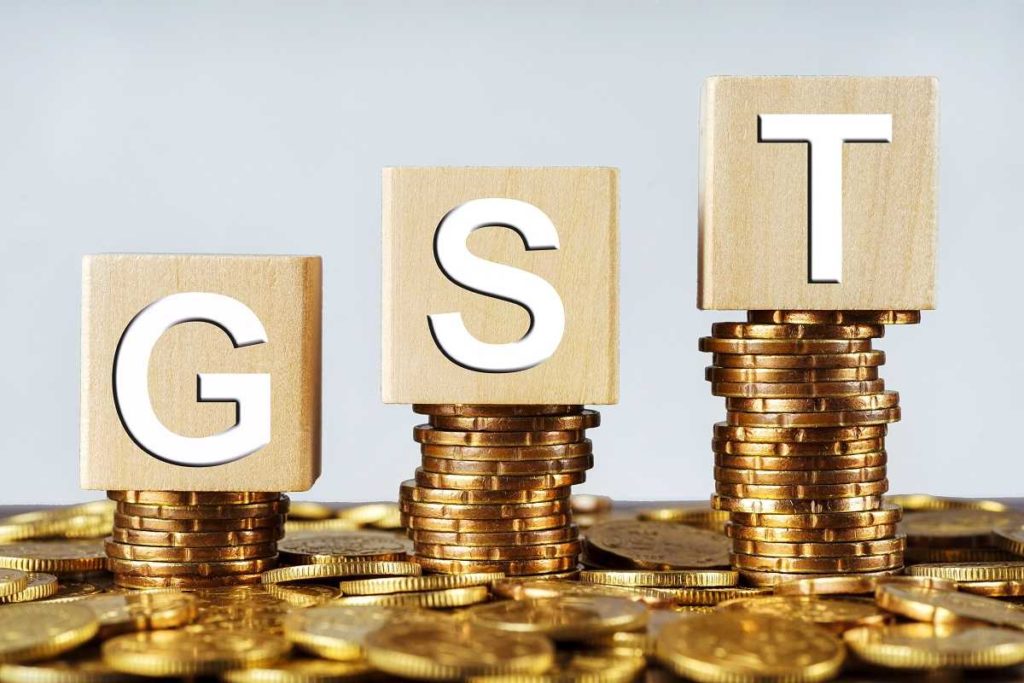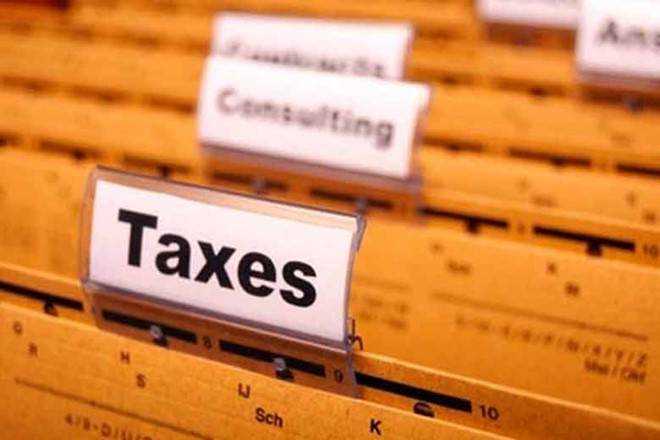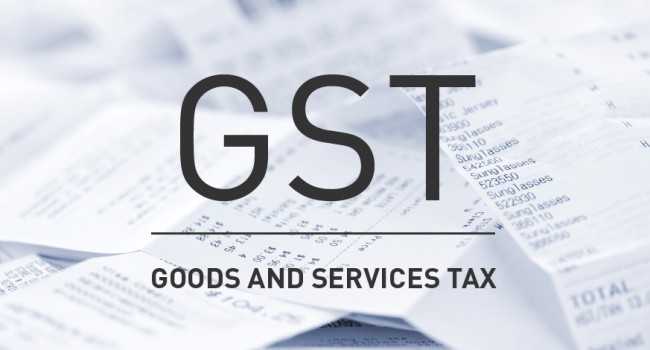
Goods and Services Tax (GST) is an indirect tax (or consumption tax) imposed in India on the supply of goods and services.
It is a comprehensive multi-stage, destination-based tax: comprehensive because it has subsumed almost all the indirect taxes except few; multi-staged as it is imposed at every step in the production process, but is meant to be refunded to all parties in the various stages of production other than the final consumer.
Goods and services are divided into five different tax slabs for collection of tax – 0%,3%, 5%, 12%, 18% and 28%. However, petroleum products, alcoholic drinks, and electricity are not taxed under GST and instead are taxed separately by the individual state governments, as per the previous tax regime.

There is a special rate of 0.25% on rough precious and semi-precious stones and 3% on gold. In addition, a cess of 22% or other rates on top of 28% GST applies on a few items like aerated drinks, luxury cars, and tobacco products.
Pre-GST, the statutory tax rate for most goods was about 26.5%, Post-GST, most goods are expected to be in the 18% tax range.
The tax came into effect from July 1, 2017, through the implementation of One Hundred and First Amendment of the Constitution of India by the Indian government. The tax replaced existing multiple flowing taxes levied by the central and state governments.
What determines if CGST, SGST or IGST is applicable?
To determine whether Central Goods & Services Tax (CGST), State Goods & Services Tax (SGST) or Integrated Goods & Services Tax (IGST) will be applicable in a taxable transaction, it is important to first know if the transaction is an Intra State or an Inter-State supply.
- Intra-State supply of goods or services is when the location of the supplier and the place of supply i.e., location of the buyer are in the same state. In Intra-State transactions, a seller has to collect both CGST and SGST from the buyer.
- The CGST gets deposited with Central Government and SGST gets deposited with State Government.
- Inter-State supply of goods or services is when the location of the supplier and the place of supply are in different states.
- Also, in cases of export or import of goods or services or when the supply of goods or services is made to or by an SEZ unit, the transaction is assumed to be Inter-State.
- In an Inter-State transaction, a seller has to collect IGST from the buyer.
Why split into SGST, CGST, and IGST?
India is a federal country where both the Centre and the States – assign the powers to levy and collect taxes. Both the Governments have distinct responsibilities to perform, as per the Constitution, for which they need to raise tax revenue.
The Centre and States are simultaneously levying GST.
The three types of tax structure implementing to help taxpayers take the credit against each other, thus ensuring “One Nation, One Tax”.
HSN code
HSN is a 4 to 8-digit code for identifying the applicable rate of GST. On different products as per CGST rules of government of India.
If a company has a turnover up to :
1) INR 15 million in the preceding financial year – need not mention the HSN code while supplying goods on invoices.
2) More than INR 15 million but up to INR 50 million – need to mention the first two digits of HSN code while supplying goods on invoices.
3) crosses INR 50 million then they shall mention the first 4 digits of HSN code on invoices.
Rate
The GST is impos at variable rates on variable items. The rate of GST is 18% for soaps and 28% on washing detergents. GST on movie tickets is based on slabs, with 18% GST for tickets that cost less than Rs. 100 and 28%.
GST on tickets costing more than Rs.100 and 28% on commercial vehicle and private and 5% on readymade clothes. The rate of under-construction property booking is 12%.
Some industries and products were exempt by the government and remain untaxed under GST. Such as dairy products, products of milling industries, fresh vegetables & fruits, meat products, and other groceries and necessities.
E-Way Bill
An e-Way Bill is an electronic permit for shipping goods similar to a waybill. Inter-state transport of goods from 1 June 2018 is now compulsory.
It needs to generate for every inter-state movement of goods – beyond 10 kilometers (6.2 mi) and the threshold limit of ₹50,000 (US$720).
A unique e-Way Bill Number (EBN) is either by the supplier, recipient or the transporter. The EBN can be a printout, SMS or writing on the invoice is valid. The GST/Tax Officers tally the e-Way Bill listed goods with goods carried with it.
The mechanism aim at plugging loopholes like overloading, understating, etc. Each e-way bill needs to match with a GST invoice.
Transporter ID and PIN Code now compulsory from 01-Oct-2018.
Reverse Charge Mechanism
Reverse Charge Mechanism (RCM) is a system in GST where the receiver pays the tax on behalf of unregistered, smaller material and service suppliers.
The receiver of the goods is eligible for Input Tax Credit, while the unregistered dealer is not.
GST Council
GST Council is the governing body of GST having 33 members. It governing by the Union Finance Minister. GST Council is an apex member committee to modify, reconcile or to procure any law or regulation based on the context of goods and services tax in India.
The union finance minister Nirmala Sitharaman to assist with the finance minister of all the states of India. The GST council is responsible for any revision or enactment of rule or any rate changes of the goods and services in India.

Goods and Services Tax Network (GSTN)
The GSTN software is develop by Infosys Technologies. The Information Technology network that provides the computing resources is maintain by the NIC.
“Goods and Services Tax Network” (GSTN) is a nonprofit organization form for creating a sophisticated network, accessible to stakeholders, government, and taxpayers to access information from a single source (portal).
The portal is accessible to the Tax authorities for tracking down every transaction, while taxpayers have the ability to connecting for their tax returns.
